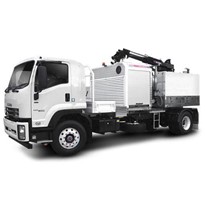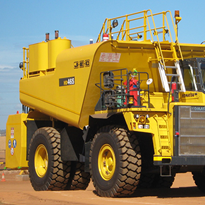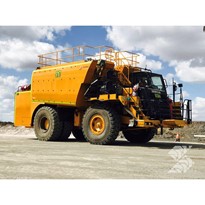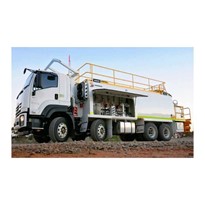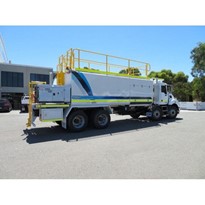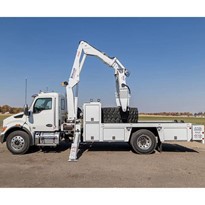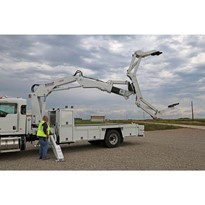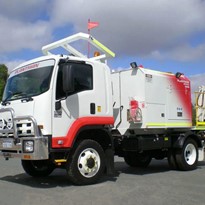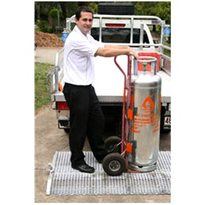Consider the following.
Hydraulic oil.
The hydraulic oil in your truck can power the vacuum and water pumps, hoist and rear door, possibly a boom and maybe a vibrator. Pending you build spec of course. This oil often gets overlooked at service time so make sure its changed at least yearly. One of our ripper customers, lets call him David… well David called up and complained that the vacuum pump was running slowly. After some trouble shooting questions, we arrived at “when did you last change the hydraulic oil?” “öh does it need changing?” The truck was five years old and the hydraulic oil had never been changed!
Oil breaks down during its lifecycle and its lubricating properties lose their effectiveness. This causes increased wear on anywhere that quality lubrication is needed. Hydraulic components aren’t cheap with some trucks having close to $40K worth of hydraulics parts in the system. Oil isn’t cheap either but it’s a darn sight cheaper than the downtime and cost of rebuilding your entire hydraulic system!
Plan on changing the oil at least every 12 months or sooner if your truck works more that 4 hours pump time a day. Possibly 6 monthly. Be sure you are using the correct weight oil as there are two different weights. Usually VTS trucks have 46 grade oil in them. Also be sure to change the filter as well.
T box gearbox oil.
Back when cocky was an egg we used to fit PTO, drive shaft and a simple T box close coupled to the vacuum pump. These tough little T boxes used a 140 grade gear oil. if you have one of these change it at least every 12 months. You may need to unbolt it to access the drain bolt. While you’re at it check the coupling spider as well!
Vacuum pump oil.
Vane pumps use oil as a lubricant and also to aid sealing at increased levels of vacuum. If you require increased vacuum, say 70% and above, flood oil your pump by opening up the oilers so the oil flows at a constant stream. You may not be able to do this as some pumps have set oil flow rates. The oils main purpose is to lubricate the bearings and vanes during operation. No oil equals a seized vacuum pump, and we all know what that means… if you have a Wallenstein be sure to take the oil tank off, drain the oil and flush the tank with clean diesel. They had a pressure feed line into the oil tank from the exhaust side of the pump and this would usually dump condensation into the oil tank. It wasn’t uncommon to find 20-30mm of water in the bottom of the oil tank.
Make sure you use the correct weight oil. Make a full oil tank a prerequisite for your daily pre-start check. It also pays to carry and extra litre of oil for emergencies. As part of your emergency kit another one litre bottle of flush liquor is critical. This is a 50/50 mix of vacuum pump oil and diesel. Use this when you have inadvertently run crap thorough the vacuum pump. It will get you out of trouble until you can remove the endplate to clean it thoroughly. Buying your vacuum pump oil in bulk is worthwhile so there is no excuse for running out.
Water pump oil.
High and low pressure water pumps use oil to lubricate moving parts. Be very careful using a pressure washer near your water pump. Generally, the oil filler has a vent on the top of it and it doesn’t take much for Hp water to get past the vent and contaminate the oil. This will cause the oil to become milky in appearance. Chance the oil immediately if this happens. Once again if the water pump is used more than 4 hours a day we would recommend an oil change every six months. Of course there is not much oil so the cost is bugger all. It’s just a little time.
Blower gear box oil.
If you happen to have a blower on your truck it will have gear boxes at either side of it which drives the rotors inside the blower. These boxes have gear oil to lubricate the gears that drives the rotors. This oil should also be changed at least every 12 months if not sooner. Some blowers will be mounted in hard to get to places on the truck possibly in cabinets, it would be worthwhile setting up remote drains and valves to make this task easier. As always use the correct weight oil.
Liquid ring vacuum pumps.
Liquid ring pumps in vacuum truck applications use water as a sealing liquid. There will be a separator which holds the water. Drain and refill the water every day with clean water to the correct fill level. If in doubt refer to the manual or the manufacturer. Don’t overfill the separator as you could flood the pump and possibly bend the impellers. Be careful not to use harsh/hard water or dirty water as this will damage the pump and cause internal erosion around the porting orifices. When in use, the water will heat up when using the vacuum pump at higher vacuum levels. If the water gets too hot it will cause the vacuum pump to cavitate and loose effectiveness. You will hear an unusual hammering noise from the pump. you can drain the separator and refill it with clean cool water and the cavitation will go away.
Split shaft gearbox oils.
Vacuum trucks that use larger pumps and blowers will possibly use a split shaft type PTO. One of the major suppliers over the years has been OMSI brand. These units frequently have a remote level indicator. Check the oil every day as part of a daily pre-start check. This unit will require 12 monthly oil changes and should be done when the trucks gear box and axle oils are changed. By all means change the oil sooner if the unit is working exceptionally longer hours. Likewise change the engine and gearbox oils sooner too. Only use correct weight oils as always and check the OEM Manuals if you are in doubt.
Auxiliary engine drives.
Many smaller vacuum systems utilise smaller diesel and petrol engines to drive the vacuum pump. These engines will require oil changes at least yearly and because they don’t have large sumps you could be excused if you wanted to change the oil every six months as it wont cost you much at all! Likewise, be sure to carry spare fuels on board your truck of course. And as always make an oil level check part of your daily prestart check list. If there is an oil filter be sure to change that also. Write the date of the change on the new oil filter.
Gauges.
Ha tripped you up here! Most vacuum gauges will use a clear oil to prevent the gauges being destroyed due to vibration. Once they drop the oil replace the complete gauge immediately.
In regard to the above VTS strongly recommends keeping a maintenance log for all servicing carried out on your vacuum truck. These maintenance logs are essential for successful long term ownership. Another benefit is should you decide to sell your truck you can substantiate what has been done and why.




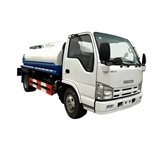

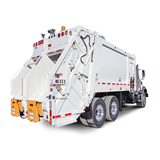
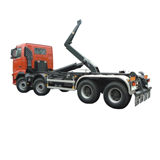





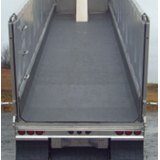
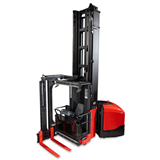
-160x160-state_article-rel-cat.png)
-160x160-state_article-rel-cat.png)


